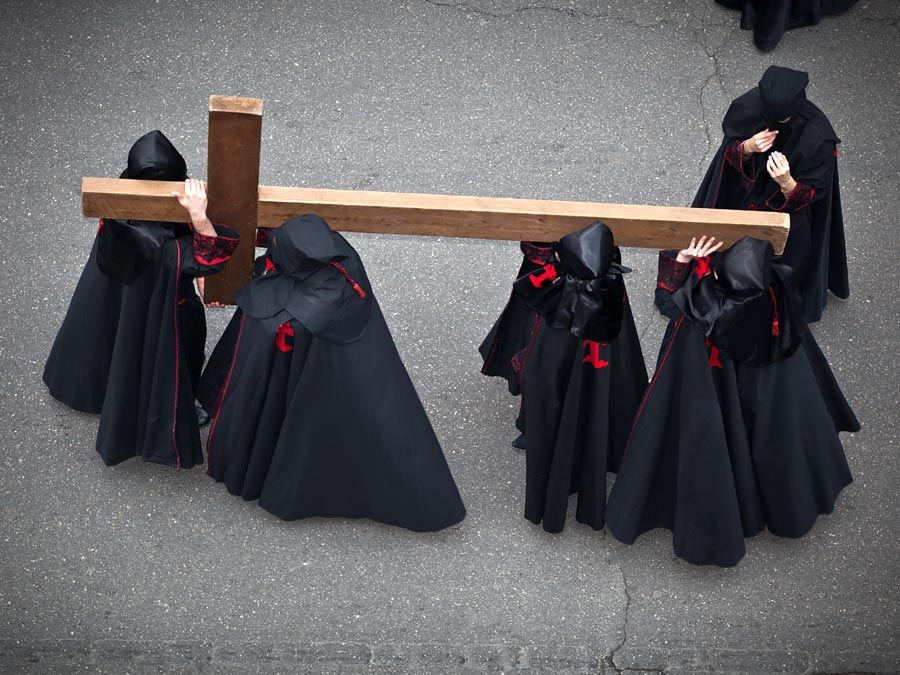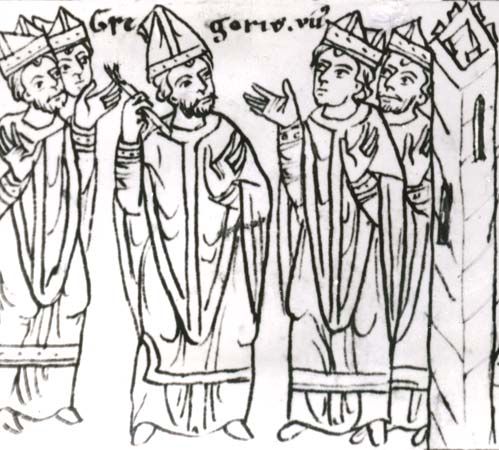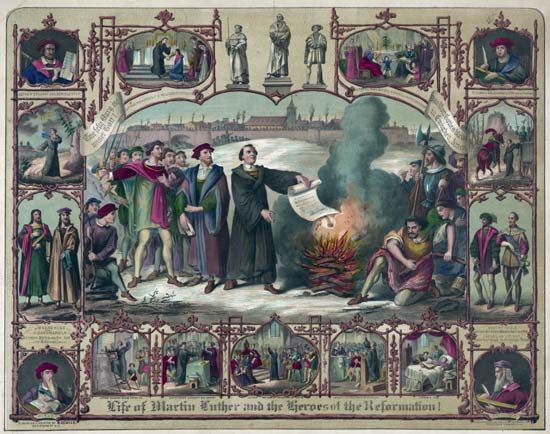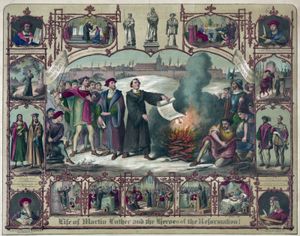excommunication
- Key People:
- Leo X
- Thomas Erastus
excommunication, form of ecclesiastical censure by which a person is excluded from the communion of believers, the rites or sacraments of a church, and the rights of church membership but not necessarily from membership in the church as such. Some method of exclusion belongs to the administration of all Christian churches and denominations, indeed of all religious communities.
Roman Catholicism distinguishes between two kinds of excommunication: that which renders a person toleratus, tolerated, and that which renders a person vitandus, one who is to be avoided. The second and more severe form requires—except for certain crimes that incur it automatically—that the culprit be announced by name in public as vitandus, in most cases by the Holy See itself; this is reserved for the gravest offenses. Both kinds of excommunication bar the excommunicated person from the sacraments of the church as well as from Christian burial. There is a specified list, set out in the Codex Juris Canonici, of actions that incur excommunication; the list was revised in January 1983 by Pope John Paul II to include abortion, violation of the confidentiality of confession, absolution by a priest of one who has committed a sin with the priest’s assistance, profanation of the consecrated communion host, consecration of a bishop without Vatican approval, a physical attack on the pope, and heresy and “abandoning the faith.” If excommunicated persons confess their sins and undergo penance, they are absolved; in some cases this absolution may come from any priest, but in many others it is reserved to the bishop or even to the Holy See alone, save in periculo mortis (“in danger of death”).
Excommunication should be distinguished from two related forms of censure, suspension and interdict. Suspension applies only to clergy and denies them some or all of their rights. Interdict does not exclude a believer from the communion of the faithful but forbids certain sacraments and sacred offices, sometimes to an entire area, town, or region.

Some churches do not use the term excommunication, preferring to speak of church discipline. Reformed churches vest the authority for exercising discipline and, if need be, carrying out excommunication, in the session, which consists of the minister and the elders. The 30th article of the Westminster Confession of 1646 specified “admonition, suspension from the sacrament of the Lord’s Supper for a season, and excommunication from the church” as the proper steps of discipline. The Lutheran tradition has followed Martin Luther’s catechism in speaking of “the power of the keys” and in defining excommunication as the denial of the communion to public and obstinate sinners; the clergy and the congregation together have the right to exercise such discipline. In Anglicanism the bishops have the right to excommunicate, but this right is almost never exercised. Where a Congregational polity and the principle of “believers’ baptism” are observed, discipline is often very rigorous. In American denominations of the Free Church tradition, the term churching a sinner refers to excommunication, while in the Mennonite-Amish tradition excommunication also entails social “shunning.”












